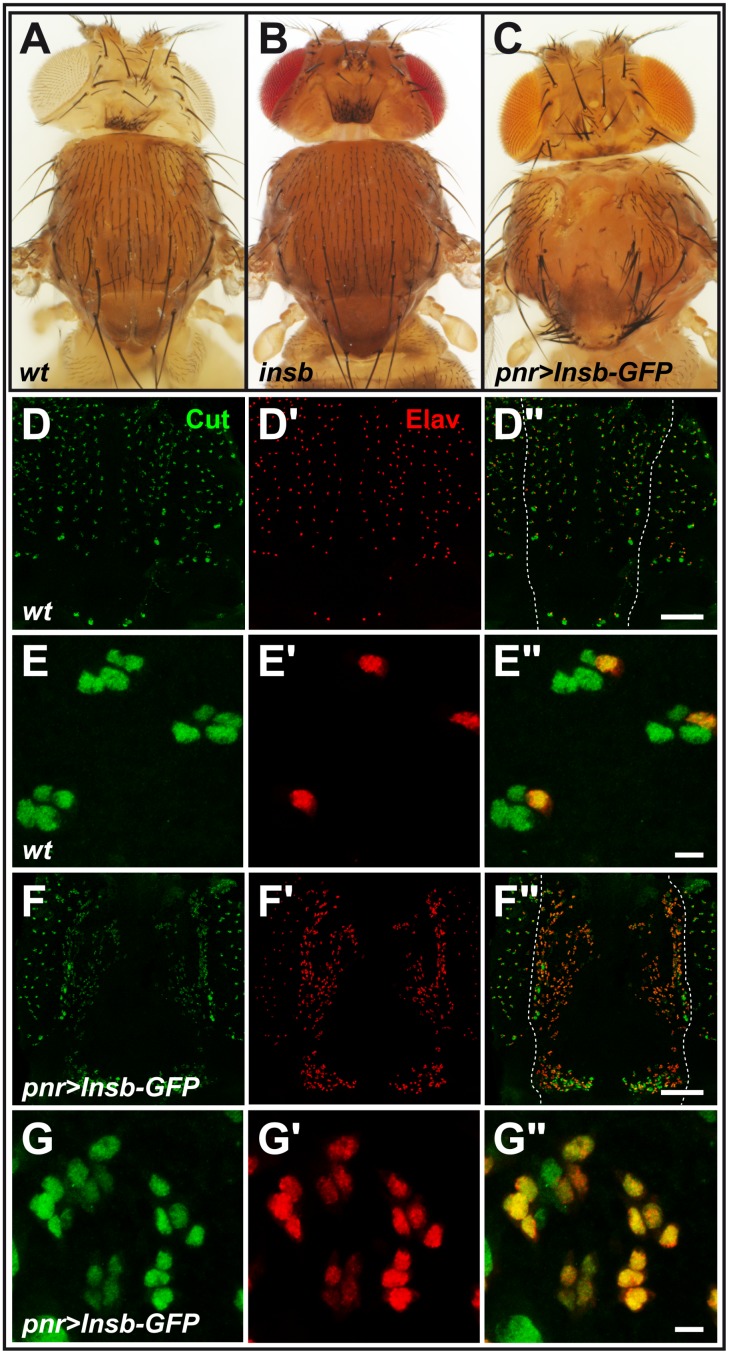Figure 3. Overexpression of Insb led to Notch inhibition.
(A–C) micrographs showing the bristle pattern on the dorsal thorax of control (A), insbm (synthetic mutation resulting from combining the insb Δ1 deficiency with the insbmCherry BAC; B) and pnr>Insb-GFP (C) flies. Loss of insb had no significant effect on the bristle pattern whereas ectopic expression led to bristle loss (associated with a transformation of external cells into internal cells) and bristle tufts (due to an excess of SOPs). (D–G”) The bristle loss phenotype of pnr>Insb-GFP flies was associated with i) an increased density of sensory organs (Cut, green; Elav, red) in the dorso-central region (bracket) of the notum in 22 hrs APF pupae (compare pnr>Insb-GFP pupae in F–F” with wild-type (wt) pupae in D–D”) and ii) a transformation of sense organ cells into neurons (Elav, red). Both increased density of sensory organs and transformation of sensory cells into neurons are indicative of a strong loss of Notch signalling (see magnifications in E–E” and G–G”). The expression pattern of pnr-Gal4 is indicated with dashed lines in D” and F”. Scale bars are 100 µm. (D–D” and F–F”) and 5 µm. (E–E” and G–G”).

